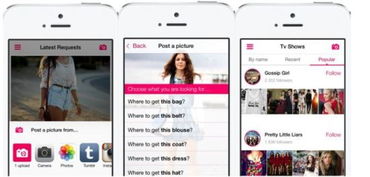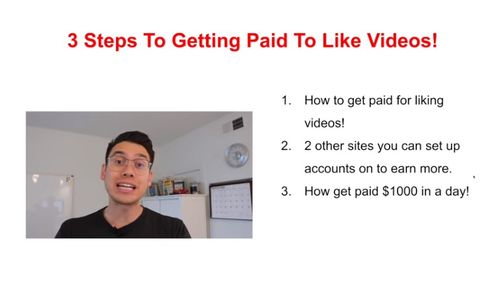Understanding the Basics of Getting Paid

Receiving payment for your work is a fundamental aspect of the professional world. Whether you’re an employee, a freelancer, or a business owner, understanding how to get paid is crucial. In this article, we’ll delve into the various aspects of getting paid, including payment methods, timelines, and considerations for both employers and employees.
Payment Methods

There are numerous ways to get paid, and the method you choose can depend on various factors, such as your industry, the nature of your work, and personal preferences. Here are some common payment methods:
| Payment Method | Description |
|---|---|
| Cash | Physical currency, often used for small transactions or in countries where electronic payment systems are not widely available. |
| Check | A written document that instructs a bank to pay a specific amount of money from the payer’s account to the payee. |
| Direct Deposit | Money is electronically transferred from the payer’s bank account to the payee’s bank account. |
| PayPal | An online payment system that allows users to send and receive money securely. |
| Credit/Debit Card | Payment made using a credit or debit card, either in person or through an online payment gateway. |
Payment Timelines

The timeline for receiving payment can vary greatly depending on the nature of your work and the agreement between you and your employer or client. Here are some common scenarios:
-
Employees typically receive payment on a regular schedule, such as weekly, bi-weekly, or monthly.
-
Freelancers may receive payment upon completion of a project or milestone, or on a retainer basis, where they receive a fixed amount of money at regular intervals.
-
Business owners may receive payment from customers through various methods, such as cash, checks, credit/debit cards, or online payment systems.
Considerations for Employers
As an employer, it’s important to ensure that your employees receive their payment on time and in the agreed-upon manner. Here are some considerations to keep in mind:
-
Establish clear payment terms and timelines in your employment contract or offer letter.
-
Choose a reliable payment method that is convenient for both you and your employees.
-
Stay organized by keeping track of payment schedules and deadlines.
-
Communicate with your employees about their payment status and any issues that may arise.
Considerations for Employees
As an employee, it’s important to understand your rights and responsibilities regarding payment. Here are some considerations to keep in mind:
-
Review your employment contract or offer letter to understand your payment terms and timelines.
-
Keep track of your payment schedule and report any discrepancies or delays to your employer.
-
Understand your rights under local labor laws regarding minimum wage, overtime pay, and other payment-related matters.
-
Communicate with your employer if you have any concerns about your payment.
Conclusion
Understanding how to get paid is essential for both employers and employees. By choosing the right payment method, establishing clear timelines, and staying organized, you can ensure a smooth and hassle-free payment process. Remember to communicate effectively with your employer or client to address any concerns or issues that may arise.



